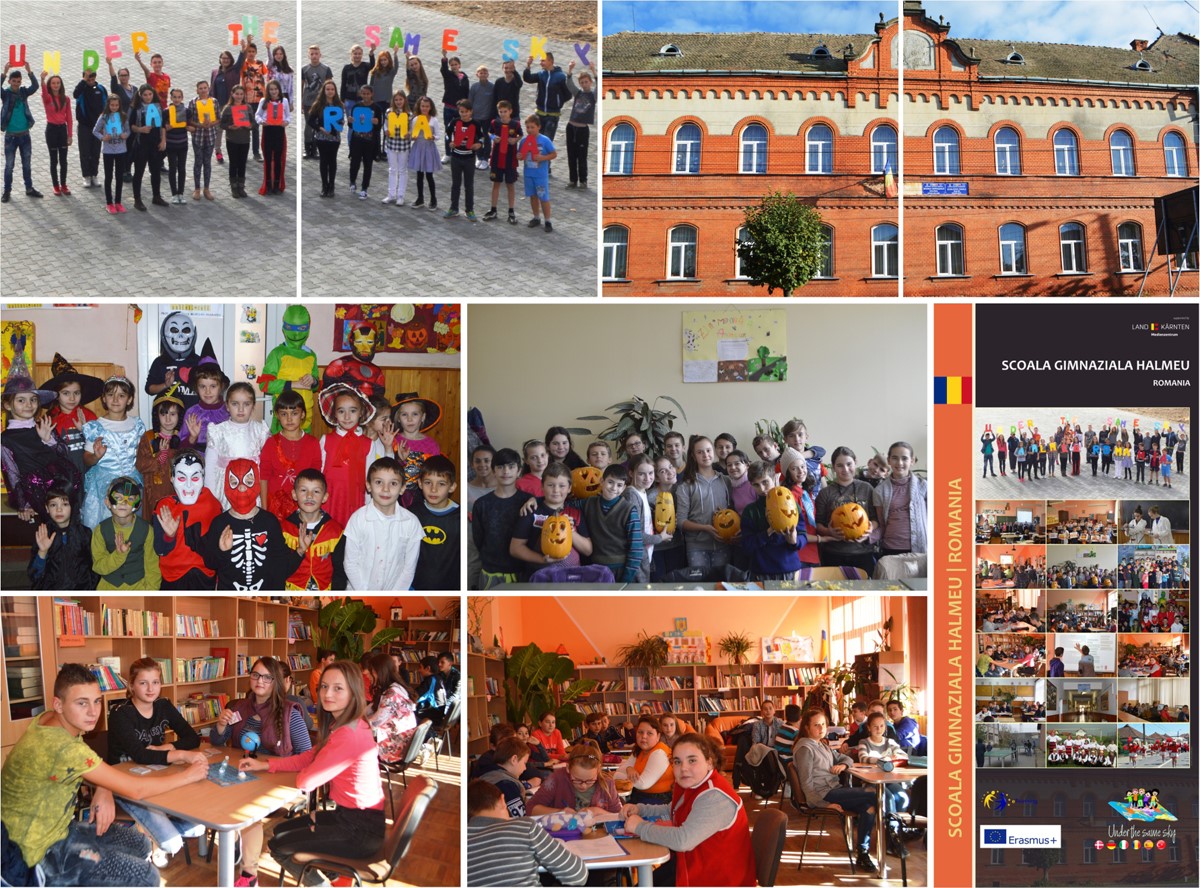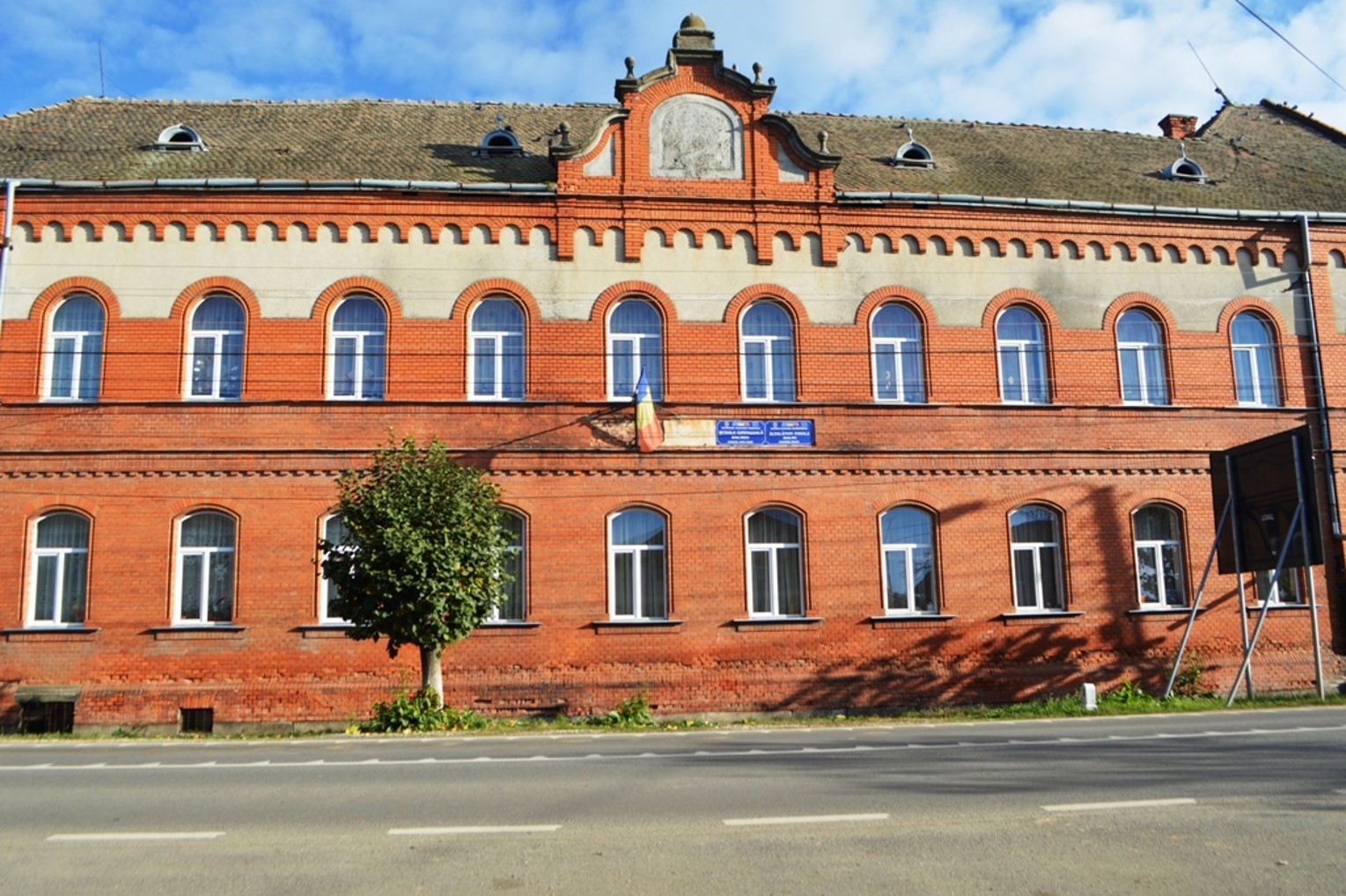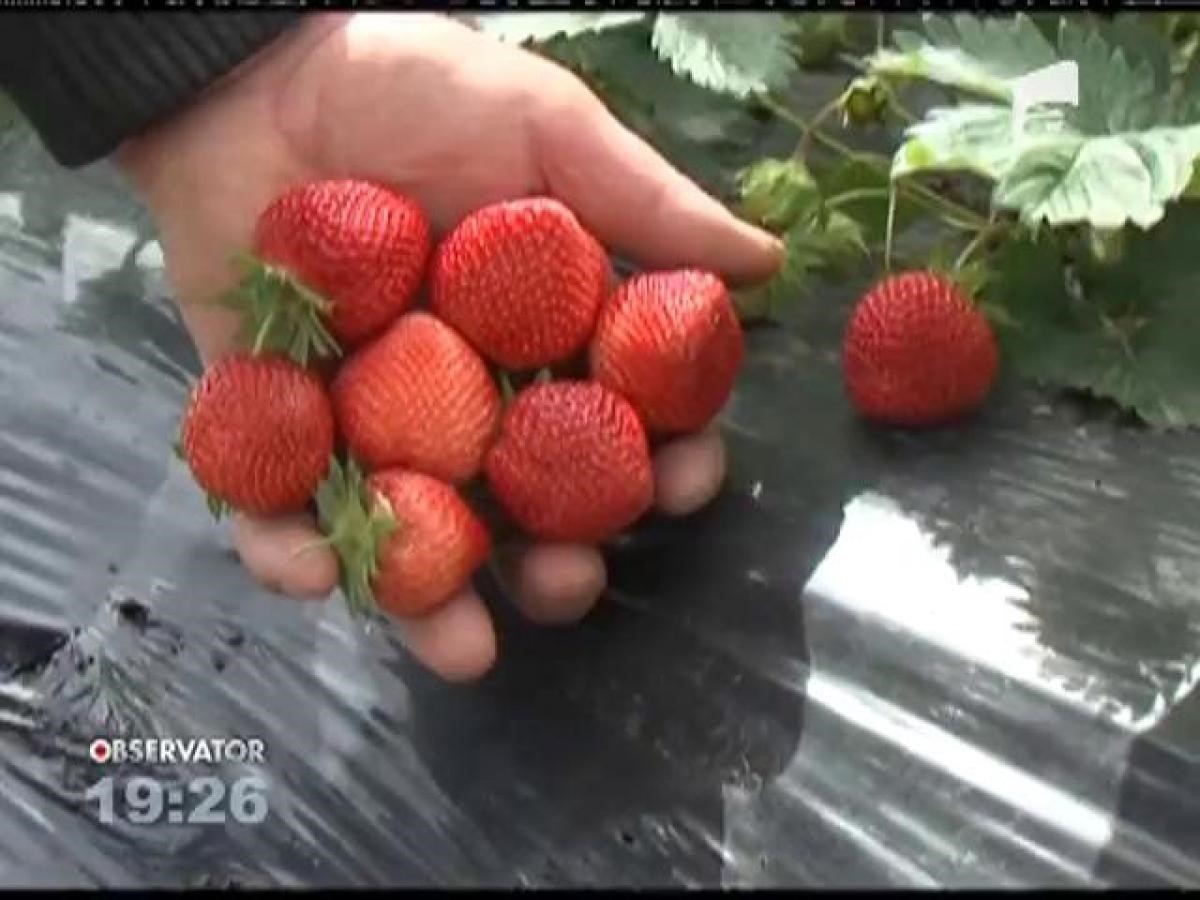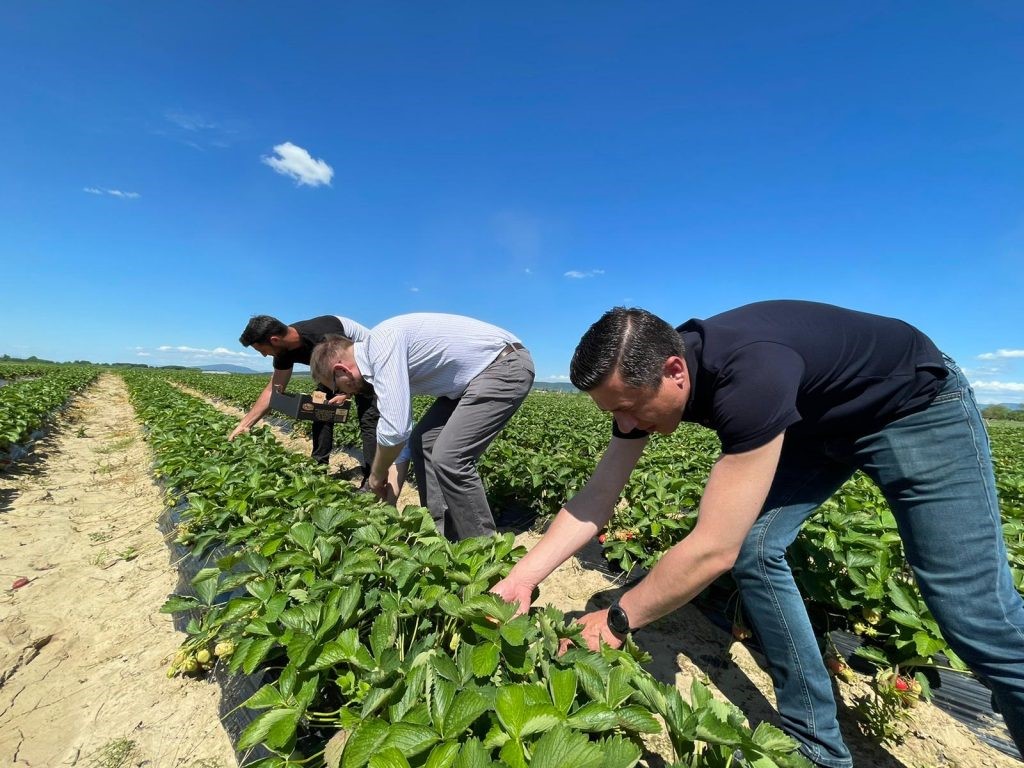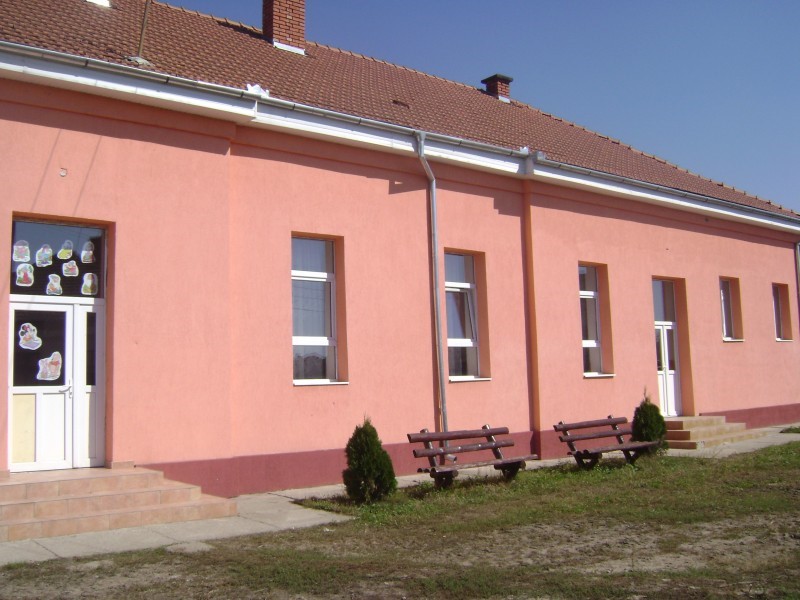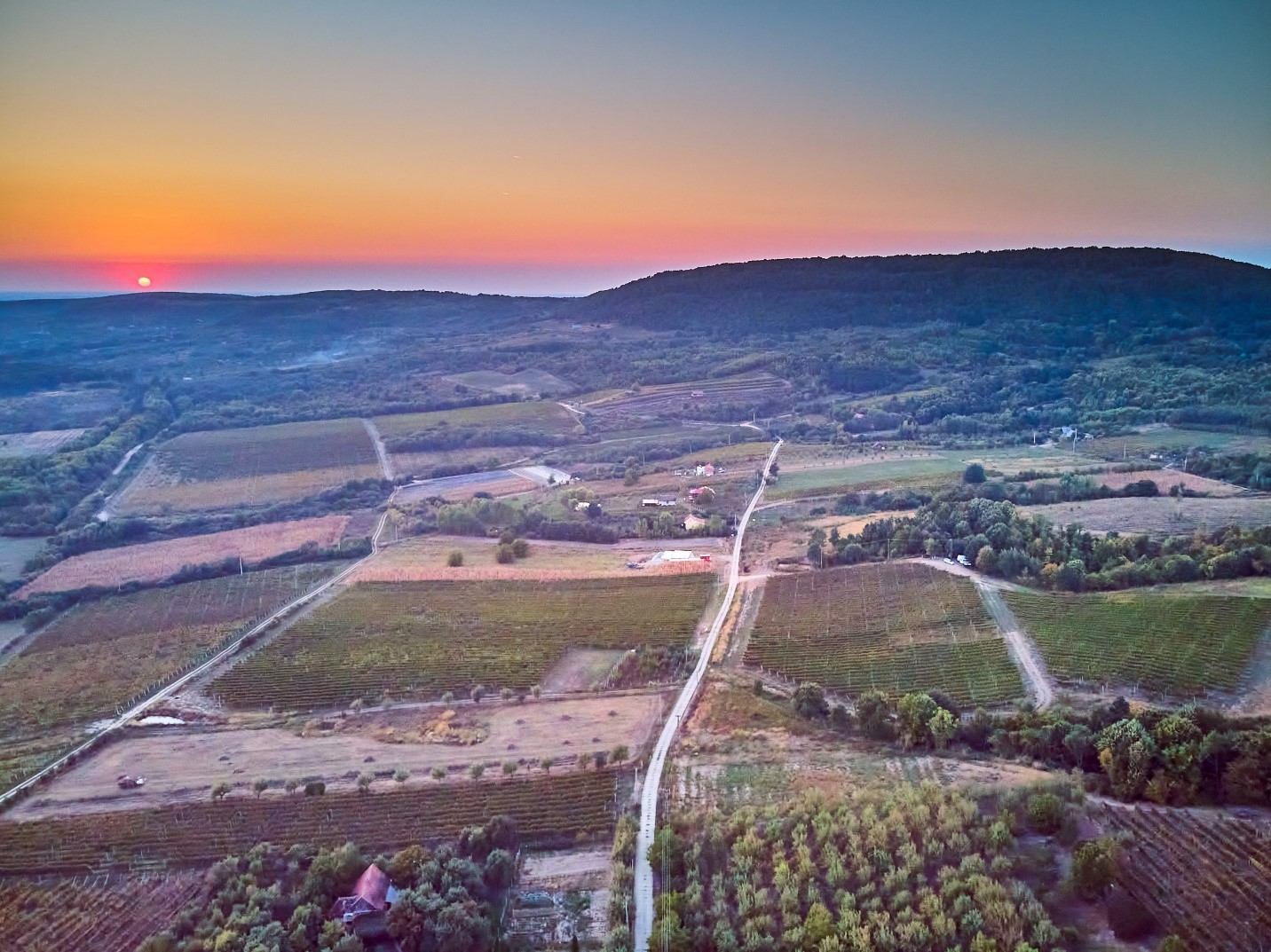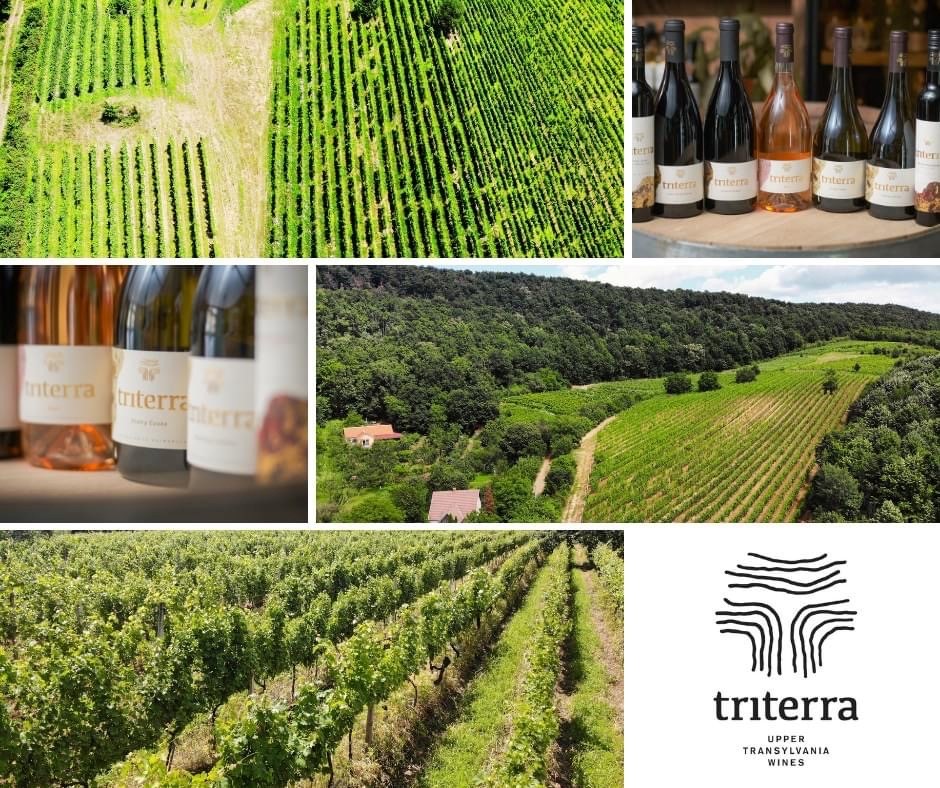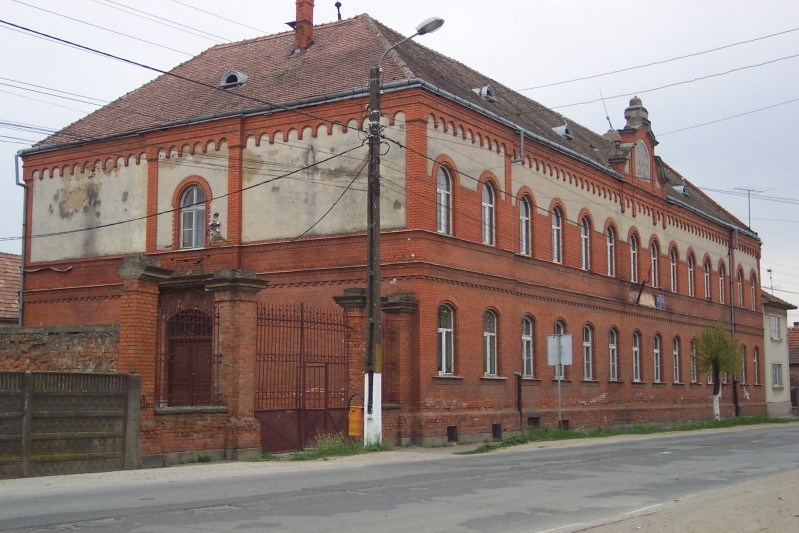The commune of Halmeu, the center of Ugocea County, is located 32 km from Satu Mare on the DN19 road, also benefiting from a railway connection with the county seat. Being located on the border with Ukraine, it is the only international road and rail crossing point of the Romanian-Ukrainian border in the county. From a physical-geographical point of view, it is located on the Ugocei Plain, in the area of the former Eger marsh, the administrative territory of the commune being also touched by the course of the Tur River. The town of Halmeu is documented in 1217 in the document called Regestrum Varadiense. In the 13th century, it was the domain center of the Káta tribe, in the 15th century, it was already mentioned as an oppidum.
Larger territories were held by the Surányi, Bornemissza, Perényi, and Rátonyi families and several small nobles.In the 16th century, there was a fortress near the town, built in the Eger marsh without royal permission.
In 1548, the builder was sued in court by the Surányi family, who managed to regain their respective territory, and the fortress was demolished. Starting from the 19th century, a large community of Israelis settled in the village, the number of over 1000 people belonging to it becoming a decisive element in the life of the locality. After the deportations of 1944 the community almost completely disappeared, the 2002 census did not register any Jewish residents. The 4,767 inhabitants declared themselves to be 55.8% Romanian, 41.55% Hungarian, and 2.41% Roma, but Germans and Ukrainians still live in small numbers. In 2005, the administrative territory of the commune changed, Porumbeşti and Cidreag formed a separate commune, with the localities of Halmeu, Băbeşti, Dobolţ, Halmeu Vii, and Mesteacăn remaining in the old administrative unit. The image of the village center of the commune is dominated by the reformed church, the oldest building in the locality. The Roman Catholic church was built between 1829 and 1834 by the foundation of Bishop János Hám, but it was also devastated by the earthquake and later rebuilt. The Orthodox church was built in 1913, initially being a house that functioned as a chapel, transformed into its current form in 1985. The commune of Halmeu is part of the “Tur River” Natural Reserve. The most important source of income in the locality is agriculture especially strawberry culture, which made the commune famous throughout the country.
Half of the country’s strawberry production is given by Satu Mare County, and within the county Halmeul is the best-known producing commune. Here is also the center of the Association of Strawberry Producers. Another remarkable culture is that of the vine, the wines of Halmeu being famous in the county and at the national level.
